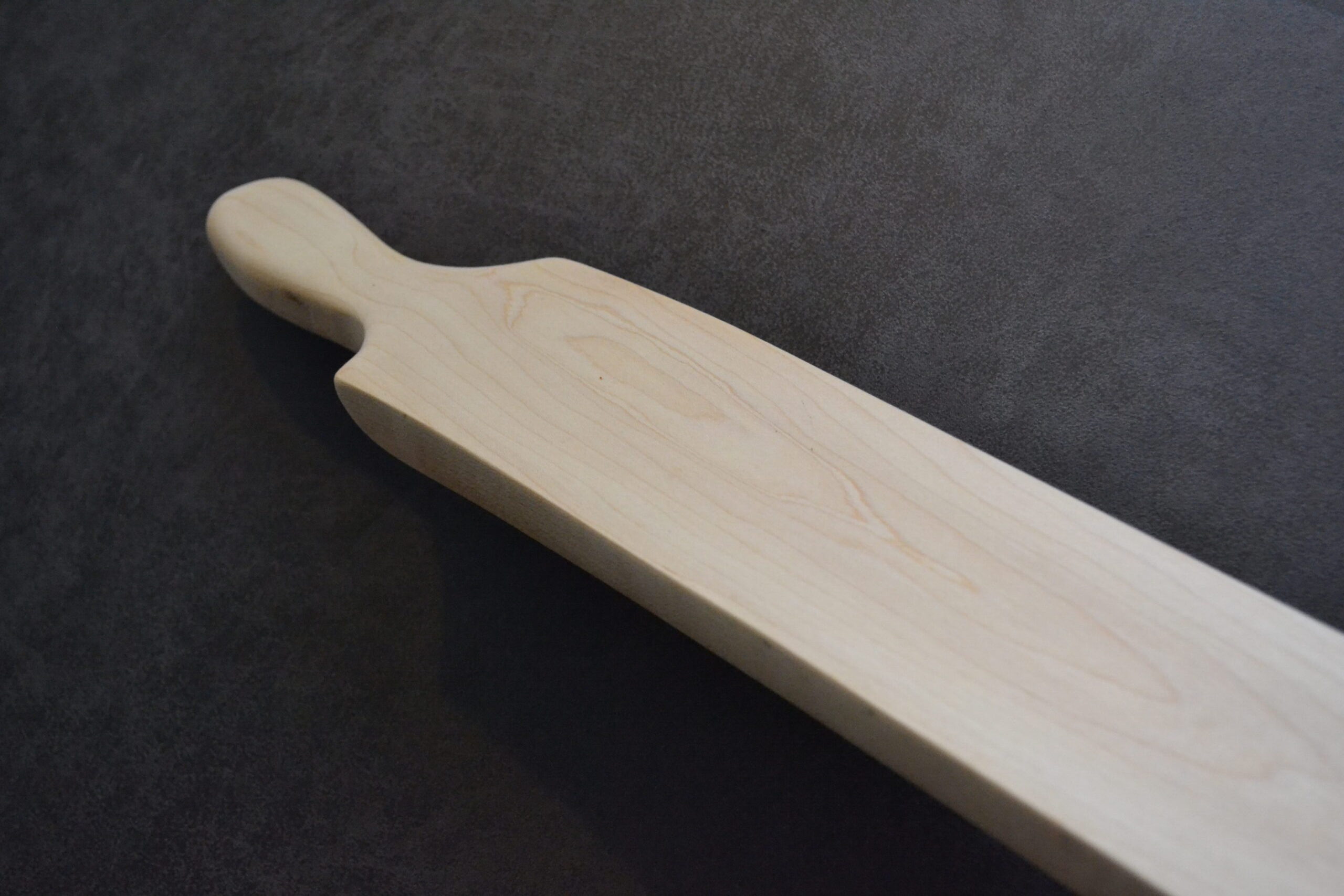
Handmade Wooden Charcuterie Board, Crafted From Reclaimed Hardwood
Handmade Wooden Charcuterie Board, Crafted From Reclaimed Hardwood
Creating a handmade wooden charcuterie board from reclaimed hardwood is a fulfilling project. It combines sustainability with craftsmanship. By repurposing materials, you can produce a unique and functional piece that can contribute positively to the environment. This guide will walk you through sourcing reclaimed hardwood in the UK and crafting your charcuterie board using hand tools.
Sourcing Reclaimed Hardwood in the UK
The first step in your project is to find suitable reclaimed hardwood. The UK offers several reputable suppliers specializing in reclaimed timber:
Ashwells Reclaimed Timber: With over 30 years of experience, Ashwells specializes in reclaimed temperate and tropical hardwoods. They collaborate with landscape architects, urban designers, and contractors to provide sustainable timber solutions. Their expertise ensures you receive quality materials for your project.
Heritage Reclamation: Based in Hemel Hempstead, Hertfordshire, Heritage Reclamation has been a premier oak flooring specialist for over 25 years. They offer reclaimed oak and pine flooring and produce worktops from exotic reclaimed wood. Their joinery department crafts bespoke woodwork, making them a valuable resource for unique timber.
Vastern Timber: As one of the UK’s largest hardwood sawmills, Vastern Timber specializes in British-grown timbers. They offer an extensive range of sawn hardwoods suitable for joinery and furniture making. Their commitment to supporting British woodlands ensures that your materials are both sustainable and high quality.
The Reclaimed Flooring and Strip Out Co: This company is the UK’s number one supplier of reclaimed flooring and reclamation items. They offer a wide range of reclaimed parquet flooring, timbers, and strip flooring. Their comprehensive flooring removal service ensures that the materials you receive have been carefully sourced and prepared.
When selecting wood for your charcuterie board, consider species like oak, maple, and ash. Each has unique characteristics:
Oak: Known for its strength and durability, has a prominent grain pattern, adding character to your board.
Maple: A dense hardwood with a fine, even texture, maple offers a light, clean appearance.
Ash: Similar to oak in strength but lighter in colour, ash has a distinctive grain that can enhance the visual appeal of your board.
Ensure the reclaimed wood is free from rot, pests, and excessive warping. It’s advisable to inspect timber in person or request detailed photographs from the supplier.
Preparing the Wood
Once you’ve acquired your reclaimed hardwood, follow these steps to prepare it:
Cleaning: Remove any dirt, nails, or screws from the wood. Use a wire brush to clean the surface thoroughly.
Flattening and Smoothing: Use a hand plane to flatten the wood surface. This step ensures stability and provides a smooth working surface.
Cutting to Size: Determine the desired dimensions of your charcuterie board. A popular size is approximately 18 inches long and 12 inches wide, but you can adjust this based on your preferences. Use a hand saw to cut the wood to size.
Shaping the Edges: Decide on the edge profile for your board. A simple round-over can be achieved using a block plane or sandpaper.
Designing and Shaping the Charcuterie Board
Designing your charcuterie board allows for creativity:
Handle Design: If you wish to include a handle, sketch the desired shape on the wood. A popular method involves using a handle template to ensure consistency and ergonomics.
Cutting the Handle: Use a coping saw or jigsaw to cut out the handle shape. Smooth the edges with a rasp or sandpaper.
Surface Preparation: Sand the entire board, starting with coarse-grit sandpaper, and progressing to finer grits. This process ensures a smooth, food-safe surface.
Finishing the Board
Finishing your charcuterie board enhances its appearance and protects the wood:
Cleaning: Wipe the board with a damp cloth to remove dust from sanding.
Applying Finish: Use a food-safe oil or wax, to seal the wood. Options include mineral oil, beeswax, or specialized wood creams. Apply the finish according to the manufacturer’s instructions, ensuring all surfaces are covered.
Drying and Buffing: Allow the finish to penetrate the wood for the recommended time, then buff the surface with a clean cloth to achieve a subtle sheen.
Maintaining Your Charcuterie Board
Proper maintenance ensures the longevity of your charcuterie board:
Cleaning: After each use, wipe the board with a damp cloth and mild soap. Avoid soaking or placing it in a dishwasher, as excessive moisture can damage the wood.
Oiling: Periodically reapply a food-safe oil to maintain the wood’s lustre and protective barrier.
Storage: Store the board in a dry place away from direct sunlight or heat sources, to prevent warping or cracking.
By following these steps, you can create a beautiful, eco-friendly charcuterie board that showcases the charm of reclaimed hardwood. This project results in a functional kitchen accessory that tells a story of sustainability and craftsmanship.
Crafting a handmade wooden charcuterie board from reclaimed hardwood is a rewarding endeavour that combines environmental responsibility with artisanal skill. By sourcing quality materials from reputable UK suppliers and utilizing traditional hand tools, you create a unique piece that embodies beauty and sustainability.
